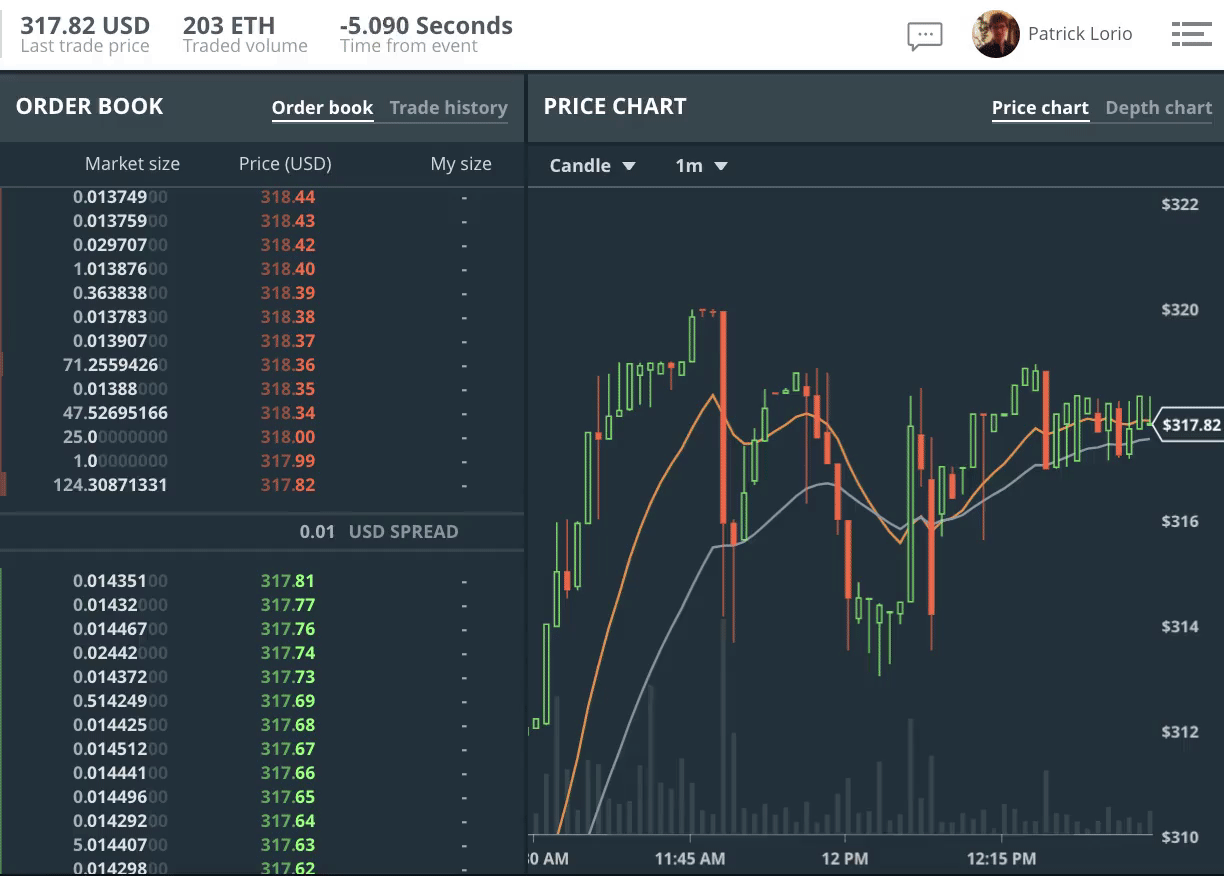Coin Market Cap = current supply of Coins (X) last exchange Price
You may know how Market Cap applies to publicly traded companies. As a refresher, Market Capitalization (market cap) is the total market value of a company’s outstanding (a.k.a. total) shares of stock. it is calculated by multiplying the total number of a company’s outstanding shares by the current market price of one share.
A company’s market cap changes constantly as the current share price changes, or as the company issues or retires shares. Simple, right? Unfortunately it is not as simple for crypto coins.
Let’s Do A Thought Experiment
Let’s imagine that there is a crypto coin on an exchange. Let’s call the coin THOR on the exchange Asgard (COVID lockdown forced me to pay for a Disney Plus subscription. That too shall pass!)
There are currently 1,000,000 THOR coins. Just one million THORs right now. The last trade on the exchange for one THOR was $5. So the instantaneous market cap for THOR would be:
1,000,000 X $5.00 = $5,000,000
However, that last trade at $5 was unusual. It was the bottom of a bot traded flash-crash. A bunch of stop-loss orders went thorough in rapid succession, and the coin price bottomed out at $5 where yours truly caught a falling knife and snapped up a bunch of THORs!
Once the price bounced back a THOR traded at $25. This bounce took approximately a second. The market cap went from $5 million to 25 million in a second. Sound crazy? Well, it’s not that unbelievable. An Ether flash-crash on GDAX happened in 2017 when it’s price went from $317.81 to $0.10 in less than a second. The order book went nuts for 0.45 seconds:

Since coin markets are dependent on sellers to offer coins to trade, at a price they set, they can control (to some degree) half of the coin market cap equation.
What if there were no THOR sellers that were willing to part with a single coin for less than $100? In that case the market cap of THOR would reach $100 million when the next coin sells on the market. If there are only a handful of people holding THOR coins, this scenario becomes more likely.
Of course this is all hypothetical. The point is that the LAST price of a coin is what determines the coin’s market cap. This is no different from stocks. However, the massive swings in price for coins makes snapshots in time more misleading than for stocks.
The Darker Side of the Equation
Last coin price is one thing, then there’s coin supply. The last coin price is at least a market driven measure of a coin’s value. The total coin supply is another story.
Some coins place hard caps on the total amount of coins that can exist, like bitcoin.
The market cap of Ether (ETH) is $279,871,021,282.69
There are 120,184,983 ETH in existence right now. However, more ETH are being mined every day. If the price of one ETH coin stays the same, then the market cap will increase very day. But of course the price doesn’t stay the same, so there are two changes to the coin market cap happening all the time.
Coins that don’t have a cap on how many will be created are inflationary, like ETH and DOGE
The market cap of Dogecoin (DOGE) is $13,372,131,660.27
Initially, Dogecoin had a supply limit of 100 billion coins. In February 2014, Dogecoin founder Jackson Palmer announced that he would remove the cap and allow more than 100 billion coins to be created. However, the goal was still to keep about 100 billion coins in circulation at any one time. “The goal for the currency is to keep approximately 100 billion coins in circulation – thus after 100 billion Dogecoins are created, rewards will continue at 10k each block,” Palmer said. “This will help maintain mining and stabilize the number of coins in circulation (considering lost wallets and various other ways coins may be destroyed) at 100 billion.”
A better metric: Fully Diluted Valuation
Another metric that is better for some coins is the Fully Diluted Valuation (FDV). FDV is the Market Cap of the coin once the maximum number of have been issued or mined. It is a method of estimating the future market cap of a coin.
However, FDV ignores changes in the price of a token with the eventual increase in its circulating supply. FDV assumes that any future, additional supply of the coin will not affect its price in the market – it just extrapolates the future coin market cap proportionally to the circulating supply at any given time. It also doesn’t work well for coins that have not cap, such as Ether and Doge, for example, for obvious reasons.
While coin market cap and FDV are quick shorthand ways of ranking the relative current value of the entire blockchain, they tell you very little about the future, and not even as much about the present as ‘normal’ market cap metrics do for companies. It certainly tells you very little (I’d argue nothing at all) about the future potential of a coin whether for investment or utility purposes.
An example of a coin that is easier to asses is Cardano. Yes, I like Cardano, for a lot of reasons. My coin biases aside, Cardano’s ADA looks simple to evaluate from a coin market cap or FDV standpoint.
First, all ADA coins already exist right now, but are not all distributed. So the FDV is higher than it’s coin market cap. There is a hard cap of 45 billion coins. ADA is listed on nearly every exchange and all the major ones. It is not as widely distributed today as I wish it to be, but that is changing as it becomes more popular as an Ether alternative (it’s faster, smarter, and uses a tiny fraction of the energy required by the Etherium network).
The market cap of Cardano (ADA) is $27,760,173,189.09
I know that the only part of the equation changing this coin’s market cap and FDV is the current price. In theory the market cap and FDV of ADA is more representative of the intrinsic value of the Cardano network than Bitcoin, Litecoin, Dogecoin, or Ether. But that tells me nothing about whether it is a good investment or not. And that’s the point!




